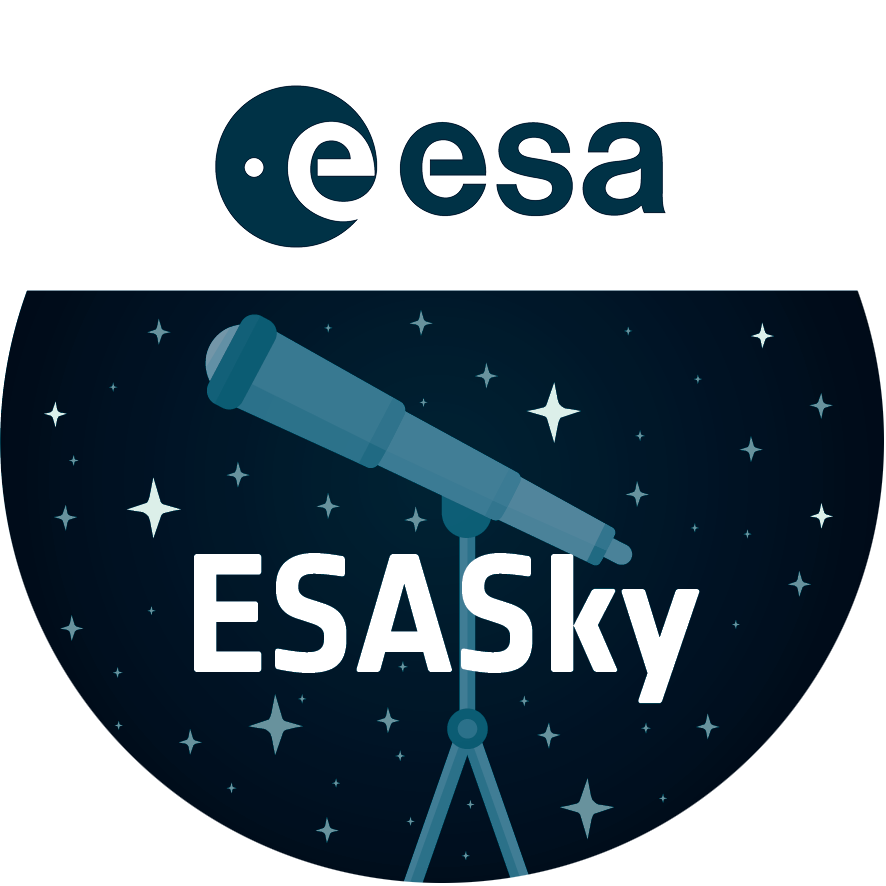Spitzer image of M101
The galaxy Messier 101 is a swirling spiral of stars, gas, and dust. Messier 101 is nearly twice as wide as our Milky Way galaxy. Spitzer's view, taken in infrared light, reveals the galaxy's delicate dust lanes as yellow-green filaments. Such dense dust clouds are where new stars can form. In this image, dust warmed by the light of hot, young stars glows red. The rest of the galaxy's hundreds of billions of stars are less prominent and form a blue haze. Astronomers can use infrared light to examine the dust clouds where stars are born.
Credit:NASA, Jet Propulsion Laboratory/Caltech and K. Gordon (STScI)
About the Image
NASA press release
| Id: | opo0907g |
|---|---|
| Type: | Observation |
| Release date: | 10 February 2009, 15:00 |
| Size: | 7200 x 7200 px |
About the Object
| Name: | Messier 101, NGC 4547, Pinwheel |
|---|---|
| Type: | Local Universe : Galaxy : Type : Spiral |
| Distance: | 22 million light years |
| Constellation: | Ursa Major |
| Category: | Galaxies |
Image Formats
Coordinates
| Position (RA): | 14 3 9.42 |
|---|---|
| Position (Dec): | 54° 21' 13.39" |
| Field of view: | 17.78 x 17.78 arcminutes |
| Orientation: | North is 0.1° right of vertical |
Colours & filters
| Band | Wavelength | Telescope |
|---|---|---|
| Infrared Near-IR | 3.6 μm | Spitzer Space Telescope IRAC |
| Infrared Near-IR | 8.0 μm | Spitzer Space Telescope IRAC |
| Infrared Mid-IR | 24 μm | Spitzer Space Telescope MIPS |


